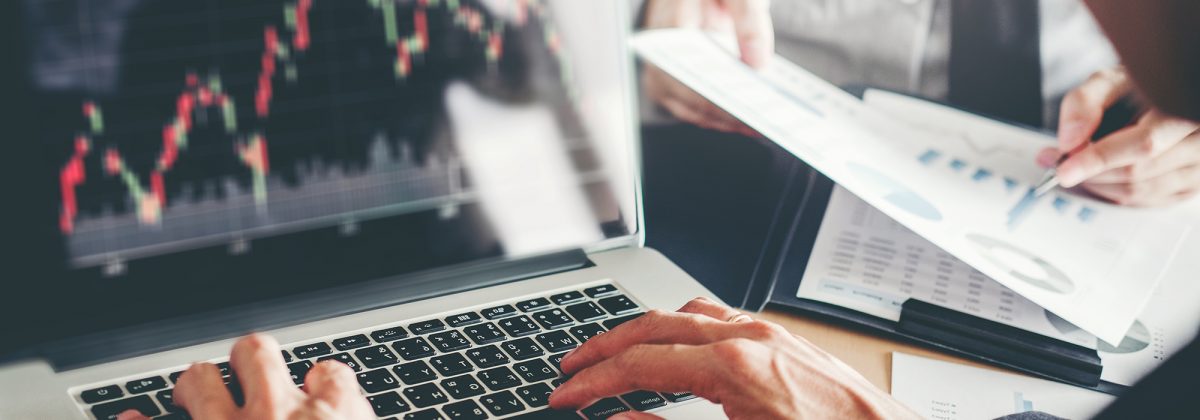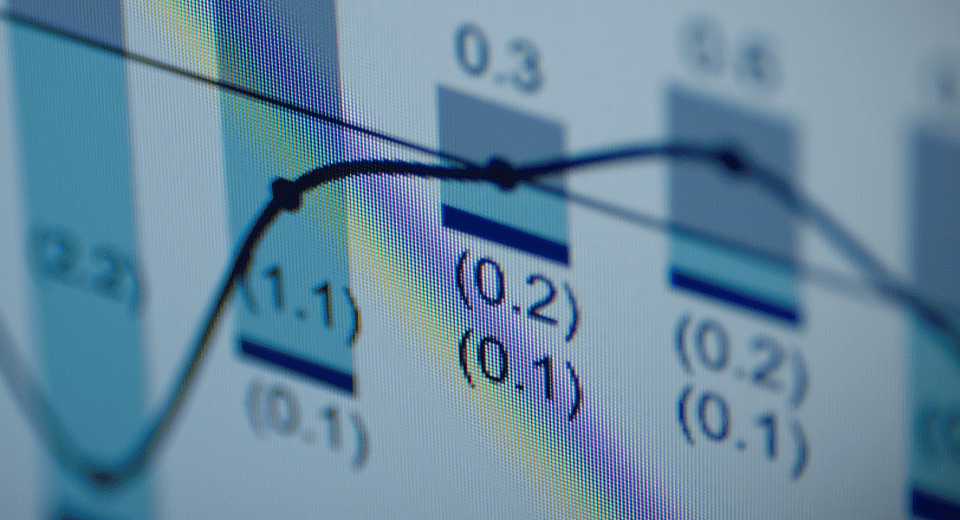The forex market is one of the largest and most popular financial markets, with an average daily turnover of approximately $5.3 trillion. Many factors make it a popular investment option, including high liquidity, ease of entry, global connectivity and 24/5 access. Forex Trading sees greater volatility than the bond markets, but less than the stock markets.
Rapid advancements in electronic trading technologies alone have contributed a great deal to the rise in trade volumes. Millennials, with high income capacities, are able to trade currency pairs on their smartphones, from every part of the world. Apart from easy access through online trading platforms, increased knowledge discovery and vigilance on the part of financial regulatory bodies (which have continuously worked to preserve market integrity and protect investor interests), have also been important factors for increased interest in currency trading.
Nevertheless, like every other investment instrument, forex trading comes with its share of risks too. It is definitely not for the faint hearted. Here’s a look at both sides of the coin – the risks and rewards of forex trading.
Advantages of Forex Trading
1. Profit Potential from Rising and Falling Markets
Forex allows opportunities to trade in both bullish and bearish markets. Unlike most other markets, there are no restrictions on short selling or additional costs associated with it. So, if you think a currency pair will decline, you can short it. In fact, there’s no concept of bearish markets in the forex landscape.
Trading is always done in pairs, which means that if one currency falls, the other will strengthen with respect to the first currency. For instance, traders who believe that the Euro will rise against the US Dollar for the EUR/USD pair might buy the Euro with Dollars. If the Euro appreciates in the future, the bought Euros can be converted into Dollars to lock in profits.
While there are hundreds of global currencies, the US Dollar accounts for more than 80% of all forex transactions. Even if the exchange rate between two currencies remains stable, traders can choose to pair currencies with interest rate differentials to make profits off this difference.
2. Ease of Entry
It is a globally connected marketplace, where anyone with a high-performance computer and good network connectivity can start trading. There are minimal barriers to entry and no hidden costs and commissions. The cost of transaction is typically included in the price, which is called the spread. This is the difference between the buying and selling prices, which acts as a commission for the broker.
3. Opportunity of Leverage
Leverage allows traders to gain larger exposure to the market than they would be able to with the capital in their trading account. Leverage is effectively a loan provided by a regulated broker, allowing traders to enter larger positions than they could with their own capital alone. So, if you choose leverage of 50:1, it means you can trade $50 in the market for every $1 in your account.
However, it is important to remember that while leveraged trading can magnify profits, it also increases loss levels, which is why there are restrictions on the amount of leverage brokers can offer for specific instruments.
4. High Liquidity
Global interconnectivity ensures that the forex market is open for trading in some part of the world, 24-hours a day. Trading starts with the opening of the Australian session on Monday morning and ends on Friday evening with the closing of the New York session. This means there will always be buyers and sellers on the other side of your trade.
Such high liquidity can ensure that you are able to execute your trades at the best prices. However, the risk of negative slippage is always present. Nevertheless, traders can enter and exit positions, with minimal price movements. It is, however, important to remember that the market moves differently throughout the day. This means that certain times of the day could bring more profit potential than others.
5. Trading is Scalable
Forex trading is scalable, with options to trade micro lots, mini lots and standard lots. Traders are able to have control over their capital exposure and position sizing. This allows them to control and limit risk according to the trading account.
Risks of Forex Trading
One needs knowledge and expertise in forex trading. Small fluctuations in exchange rates could lead to huge losses in margin trading, if the market unexpectedly moves in the opposite direction. It is essential that traders have knowledge of capital exposure and leverage calculations. Risk management tools like stop-loss, take-profit and negative balance protection could help minimise risks.
Individual traders can face a lot of competition from institutional traders, who are equipped with millions of dollars’ worth of capital, exclusive information and highly sophisticated trading platforms.
The other forms of risks come from macro-economic factors. Currency values are impacted by changes in geo-political factors, such as interest rates, inflation levels and political crises. The nature of interest rates and their indirect effect on currency exchange rates can cause dramatic changes in currency value differentials. For traders, it is wise to keep track of events that can cause volatility in the forex market, such as the release of important economic indicators. An economic calendar can be highly useful for this.
Another risk comes from an unregulated broker, such as the broker offering very high leverage and broker insolvency. This is why it is essential to choose a regulated broker, who provides rich educational resources, stable trading platforms and protection of client funds.
It is important for all types of traders to evaluate their money management tactics and the amount of risks they are willing to take on per trade. Trading needs to be done with only the money that you can afford to lose. Emotions can hamper decision makings, which is why planning trades and using pre-determined stop-losses are essential.
Reference Links





